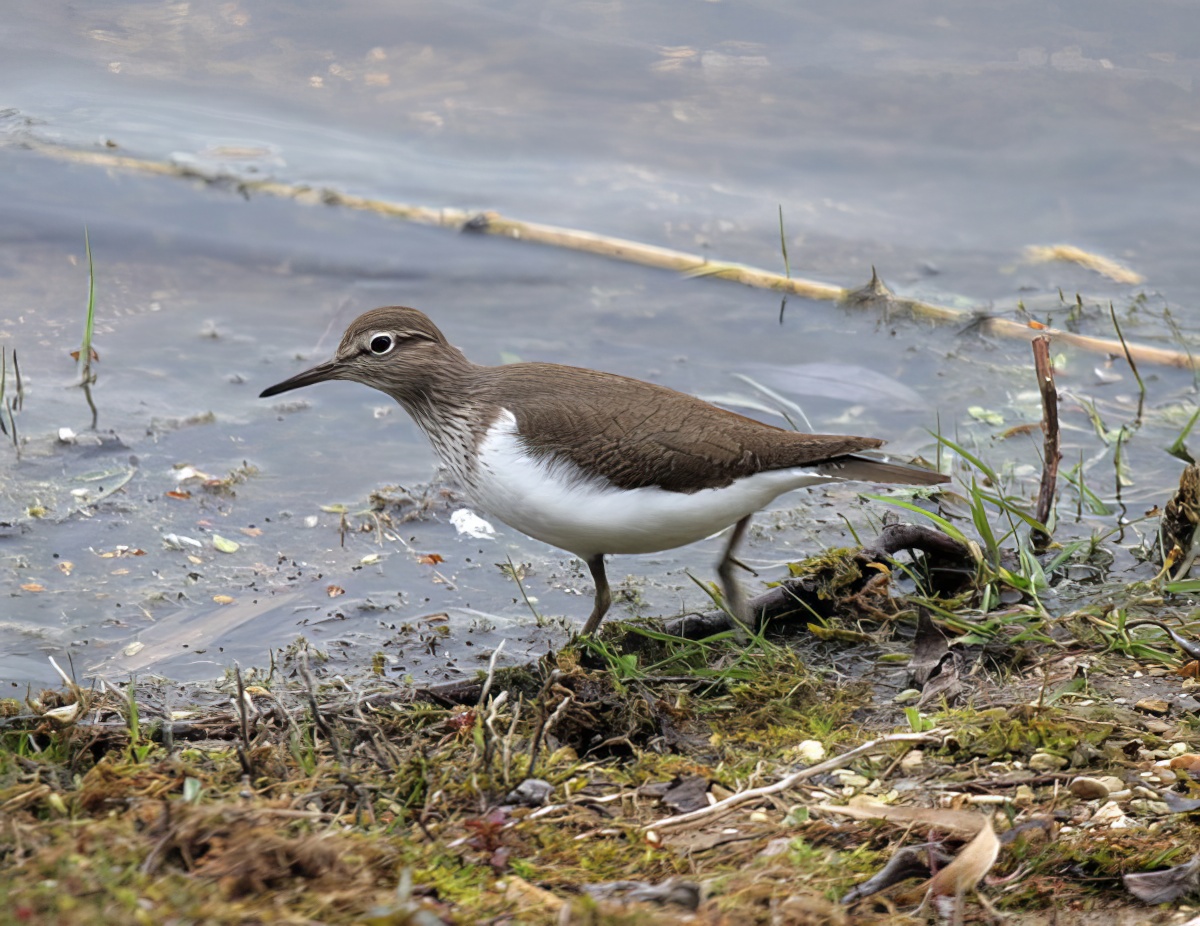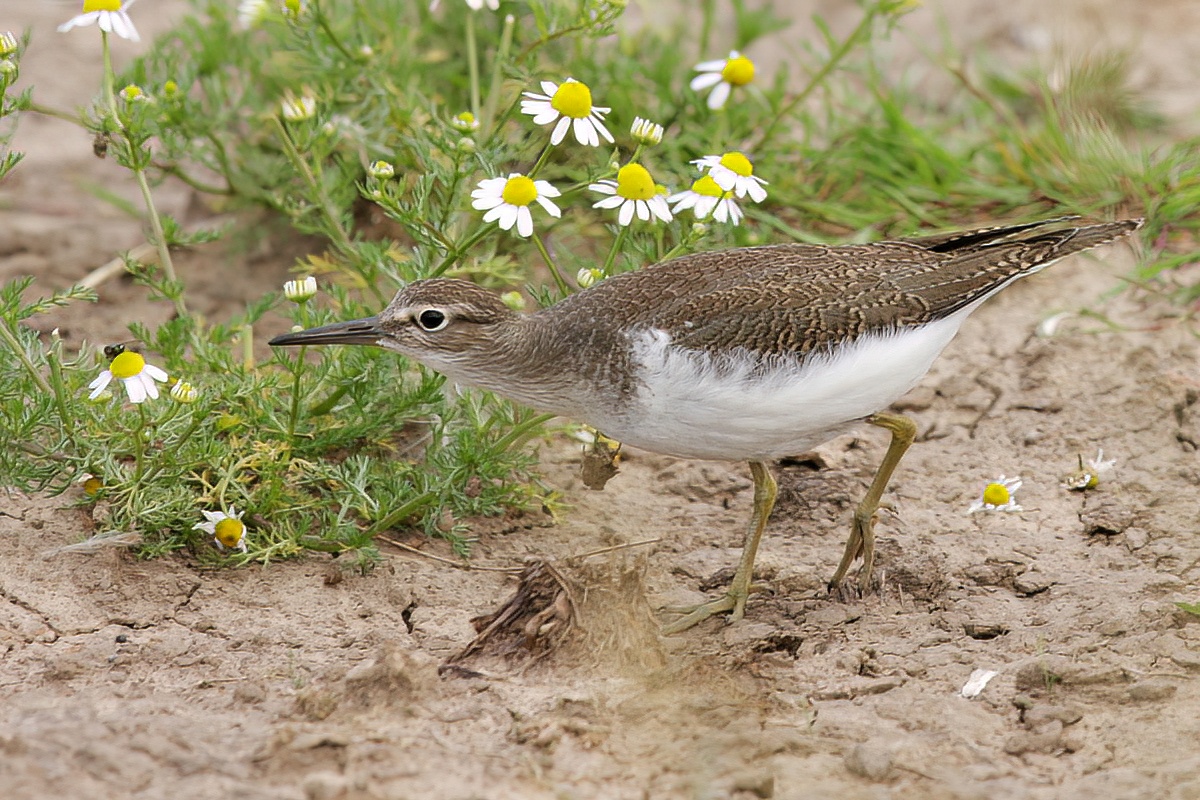Common Sandpiper Actitis hypoleucos
Fairly common autumn passage migrant, scarce in spring and also as a regular but very scarce winter visitor. Bred in 1979.


Common Sandpipers can turn up on any small wet edge throughout the county in spring and autumn and it is difficult to get any clear picture of the total numbers passing through Lincolnshire as a whole. Spring migration lasts from mid-April to early June and return passage extends from l;ate June to mid-October. Autumn birds often occur in small parties. In the five years to 2018 LBR shows the peak spring count from any one site was 20 at Cleethorpes in May 2018, this was an exceptional count, the next highest was 10. The peak autumn count in this period was 48 at Covenham Reservoir in August 2015, although looking further back a loose flock of 62 were seen on The Wash on August 5th 1985 heading to roost. There were five instances of birds seen in winter, four at Frampton Marsh in December 2015, February 2016, January 2017 and December 2018 and one at Gainsborough STW in December 2015 and January 2016. The sole instance of authenticated breeding reported in the county was of a pair seen with downy young at Scunthorpe in mid-June 1979.
(Account as per new Birds of Lincolnshire (2021), included September 2022)
